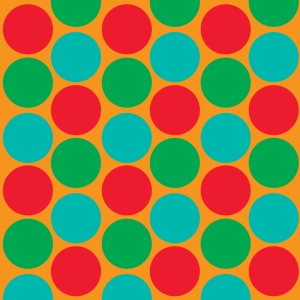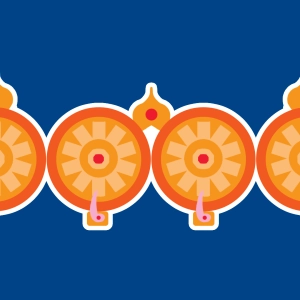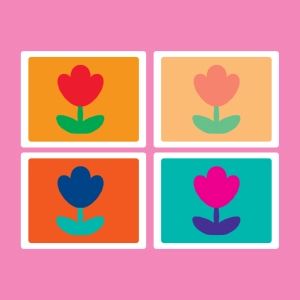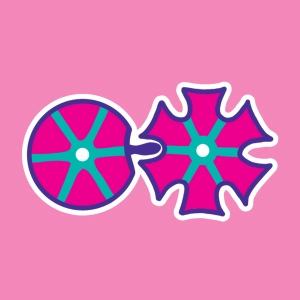 Color monitor
Color monitor
Learning objectives
- To illustrate how to create an unlimited number of colors by applying the additive color mixing theory.
- To demonstrate how a three color mixing process works
On a color monitor each group of phosphor dots is made up of one green, one blue and one red dot (RGB). By varying the brightness of each of these primary colours, color monitors can create an unlimited number of colors.
The reconstruction of colors is based on additive color. Sliders adjust the intensity levels for each color (Red, Green, Blue).
Red, green and blue are the three primary colors. As indicated in the simulation additive color, mixing can generate four colors: Cyan (green + blue), magenta (red + blue), yellow (red + green) and white (the sum of three). Since the late nineteenth century, we have known that it is possible to generate all known colors playing on the intensities of the primary colors. This allows to generate all the colors of the rainbow as shown the simulation RGB.

Discover EduMedia for free
The interactive encyclopedia that brings science and math to life in the classroom.
Over 1,000 resources





